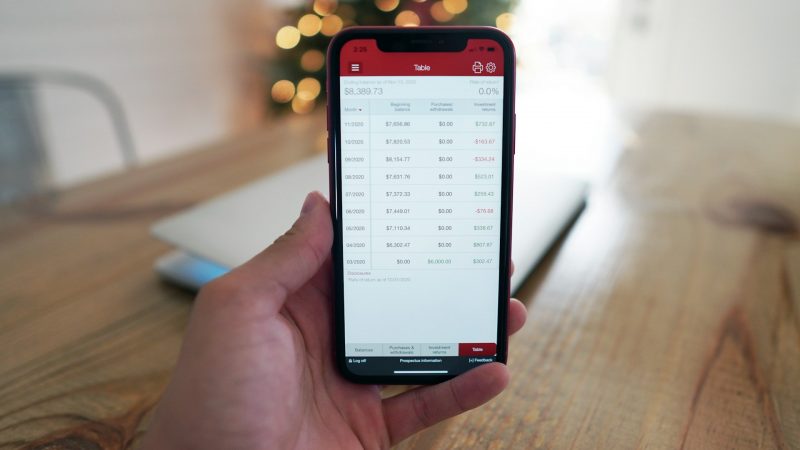Serve Robotics: Revolutionizing Autonomous Food Delivery with Zero-Emissions Robots

Serve Robotics, Inc. is pioneering the future of autonomous delivery through innovative technology and environmentally sustainable practices. Founded in 2017 by Ali Kashani, Dmitry Demeshchuk, and MJ Burk Chun, the company is headquartered in Redwood City, California, and has quickly established itself as a leader in the emerging field of self-driving delivery services.
A Vision for Autonomous Delivery
At its core, Serve Robotics is transforming the way goods are delivered, focusing on using autonomous, self-driving robots. These robots are designed to operate in public spaces, providing a convenient, reliable, and eco-friendly solution to delivery needs. What makes Serve Robotics stand out is its commitment to zero-emissions technology, ensuring that its delivery robots do not contribute to the growing issue of carbon emissions that many industries face today.
The robots designed and deployed by Serve Robotics are primarily being used for food delivery services, making it possible for customers to receive meals from their favorite restaurants without the involvement of traditional delivery drivers. This automation not only enhances efficiency but also supports a greener, more sustainable urban environment. As cities across the globe grapple with the effects of climate change, the push for more eco-friendly solutions is gaining momentum, and Serve Robotics is at the forefront of this movement.
Technology That Powers the Future
Serve Robotics’ innovation lies in its ability to merge cutting-edge autonomous driving technology with a dedication to environmental responsibility. The robots use advanced sensors, machine learning algorithms, and sophisticated navigation systems to move seamlessly through public spaces, avoiding obstacles and ensuring deliveries are made safely and on time.
One of the key features of Serve Robotics’ delivery system is the use of zero-emissions robots. These robots are powered by electric batteries, which significantly reduces their carbon footprint compared to traditional delivery methods that rely on gasoline or diesel-powered vehicles. With cities aiming to reduce traffic congestion and pollution, Serve Robotics offers an alternative that not only speeds up the delivery process but also contributes to a cleaner urban ecosystem.
The company’s fleet of delivery robots is currently designed to handle short-range deliveries, which are most often required for food services. However, Serve Robotics is working towards expanding the functionality and range of its robots, with plans to extend its service to other delivery sectors, such as groceries, retail items, and even medical supplies.
Expanding Horizons and Market Impact
Since its founding, Serve Robotics has experienced rapid growth and continues to expand its reach. By partnering with various food delivery services, restaurants, and urban communities, the company is becoming a staple in the on-demand delivery market. Its robots are already making an impact in several major cities, with plans for further expansion in the United States and potentially internationally.
The shift toward automation in the delivery space has been accelerated by the growing demand for contactless services, especially following the COVID-19 pandemic. Serve Robotics capitalized on this trend, providing a safe, reliable, and efficient way to deliver food and other goods without human contact. This has made the company a highly attractive partner for restaurants and delivery platforms looking to improve their service efficiency while adhering to evolving health and safety guidelines.
Serve Robotics also places a strong emphasis on cost efficiency. Autonomous delivery eliminates the need for human drivers, reducing labor costs for delivery platforms and businesses. As the company continues to scale, it’s likely that the cost benefits of its technology will become even more apparent, making its services increasingly attractive to a wide range of industries beyond food delivery.
Challenges and the Path Ahead
Despite its success, Serve Robotics faces challenges common to any company at the forefront of technological innovation. The regulatory landscape surrounding autonomous vehicles is still evolving, and the company must navigate a complex web of laws and guidelines to ensure its robots are allowed to operate on public roads and sidewalks. Additionally, the development of sophisticated autonomous technology requires significant investment in research and development, making it essential for Serve Robotics to maintain a steady stream of funding and partnerships.
The company’s leadership, however, is well aware of these challenges and remains committed to addressing them head-on. Serve Robotics is actively engaging with policymakers to help shape regulations that support the safe and efficient use of autonomous delivery robots. By participating in discussions at both the local and national levels, the company hopes to create an environment where its robots can become an integral part of urban infrastructure.
The Future of Serve Robotics
Looking ahead, Serve Robotics is poised to revolutionize the delivery industry even further. As it continues to innovate and refine its technology, the company is exploring new markets and applications for its autonomous robots. In addition to expanding its food delivery services, Serve Robotics is considering opportunities in other areas such as retail, healthcare, and logistics.
With its commitment to zero-emissions and its dedication to improving urban living through technology, Serve Robotics is not only changing the way deliveries are made but also contributing to a more sustainable future. As more companies and consumers seek out environmentally responsible alternatives, Serve Robotics is well-positioned to lead the charge in the autonomous delivery revolution.
In a world where convenience, efficiency, and sustainability are increasingly important, Serve Robotics stands out as a company that is tackling these challenges head-on, paving the way for a future where deliveries are not only faster and more reliable but also environmentally friendly.
The company’s continued success will depend on its ability to adapt to changing technological, regulatory, and market conditions, but with a strong foundation in innovation and a clear vision for the future, Serve Robotics is set to remain a key player in the world of autonomous, zero-emissions delivery solutions.





